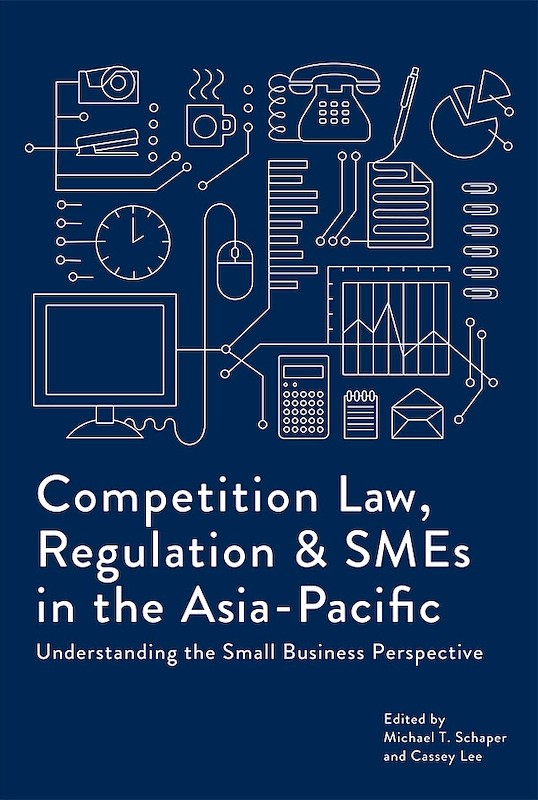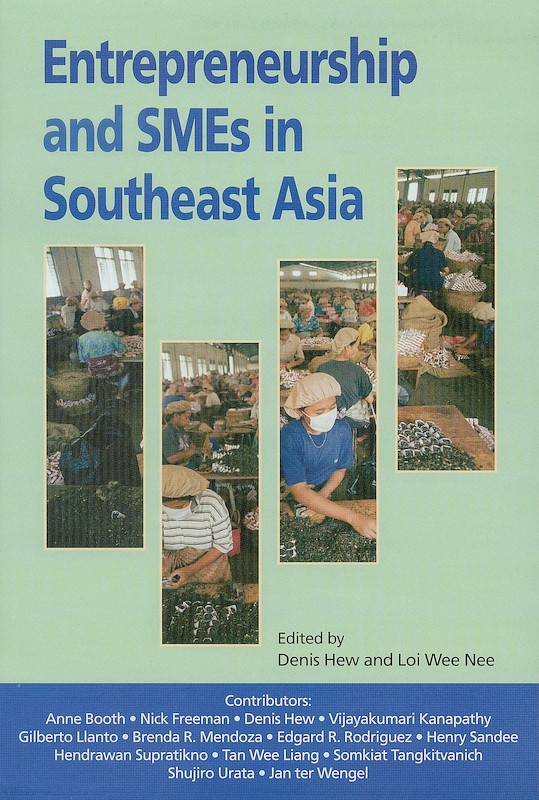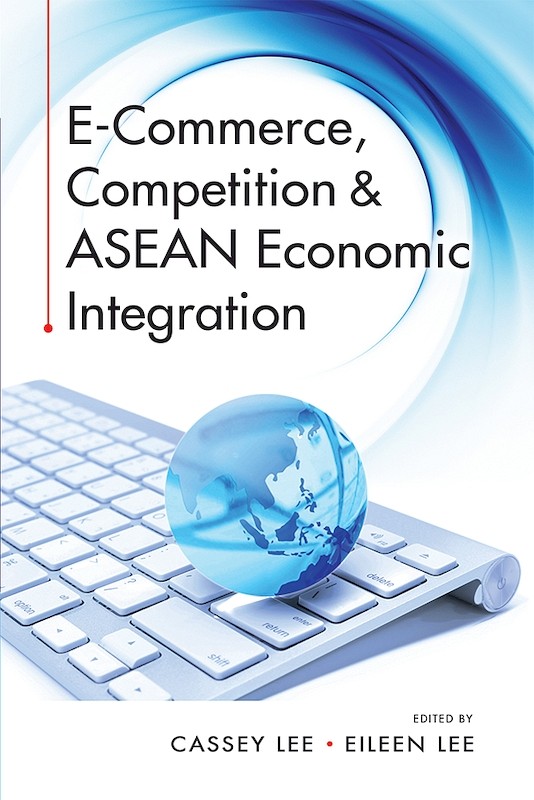Competition Law, Regulation and SMEs in the Asia-Pacific: Understanding the Small Business Perspective

Reviews
About the publication
Small and medium-sized enterprises (SMEs) account for more than 90 per cent of all businesses in the Asia-Pacific region — an area which is rapidly updating its competition laws and regulations to encourage greater entrepreneurship and open, dynamic economies.
Yet SMEs are almost invisible when those competition policies and laws are developed and enforced. SMEs are often quite different businesses than large, multinational corporations, but their nature, significance and characteristics are often overlooked.
This book seeks to rectify the relative neglect in research and policy discussions on the role of the SME sector in competition policy and law. Drawing on contributions from a wide range of competition regulators, lawyers, academics, consultants and advisers to the SME sector, it addresses such important issues as:
- perceptions and views of small businesses about competition law;
- regulator engagement and education of the SME sector;
- the link between competition law and economic growth;
- franchising, SMEs and competition law;
- issues in enforcing competition law against SMEs;
- the role of Chinese family firms;
- trade, professional and industry associations;
- country case studies from Vietnam, Singapore, Indonesia, Malaysia, China, South Korea, Hong Kong SAR, Japan and the Pacific Islands.
“This book is an important step in remedying the gaps in our knowledge and policy of this important area.” —Dr Alan Bollard, Executive Director, APEC Secretariat
Contents
-
Competition Law, Regulation and SMEs in the Asia-Pacific: Understanding the Small Business Perspective
[Whole Publication, ISBN: 9789814695817], by Michael T. Schaper, Cassey Lee, authors -
Preliminary pages
-
1. Introduction: Making the Invisible SME More Visible in Competition Policy and Law, by Michael T. Schaper, Cassey Lee, authors
- SECTION 1: THEORIES AND BASIC CONCEPTS
-
2. SMEs, Competition Law, and Economic Growth, by Cassey Lee, Bernadine Zhang Yuhua, authors
-
3. Competition Policy and SME Policy: Strange Bedfellows?, by Wee-Liang Tan, Lip Hang Poh, authors
-
4. The Competition Experience of UK SMEs: Fair and Unfair, by David Storey, author
-
5. Competition Regulator Engagement with the Small Business Sector, by Warren Mundy, Paul J Davidson, authors
-
6. Developing Online Competition Law Education Tools for SMEs, by Michael T. Schaper, Leela Cejnar, authors
- SECTION 2: SMEs AND COMPETIITION LAW
-
7. The Application of Per Ses to SMEs: The Type 1 Error No One Notices?, by Alexandra Merrett, Rhonda L Smith, Rachel Trindade, authors
-
8. Enforcing Competition Law Against SMEs: Presumptions and Problems, by Vince See Eng Teong, Yoshifumi Fukunaga, authors
-
9. How Competition Law May Affect Franchised SMEs in APEC Economies, by Jenny Buchan, author
-
10. Chinese Family Firms in Southeast Asia: Special Problems for Competition Law?, by R Ian McEwin, author
-
11. Trade Associations: Competition Law Advocates or Offenders?, by Rachel Burgess, author
- SECTION 3: COUNTRY STUDIES
-
12. Competition Law, Regulation, and Trade: Implications for Productivity and Innovation in Singaporean Manufacturing SMEs, by Azad Singh Bali, Peter McKiernan, Christopher Buckley, Peter Waring, authors
-
13. SME Law and Abuse of a Superior Bargaining Position in Japan, by Shuya Hayashi, Kunlin Wu, authors
-
14. Competition Law, Policy, and SMEs in South Korea, by Sun Hyung Sonya Kim, Yong Jung Kim, authors
-
15. Competition Law Implementation and SMEs: SIngapore's Experience, by Wee-Liang Tan, Lip Hang Poh, authors
-
16. Competition Law and SMEs in Indonesia, by Tulus Tambunan, author
-
17. SMEs and Malaysia's New Competition Law: Experiences to Date, by Shila Dorai Raj, Rachel Burgess, authors
-
18. Competition Policy and SME Development in Vietnam, by Viet Le, Charles Harvie, authors
-
19. China's Anti-Monopoly Law and the SME Sector, by Nicola S Williams, author
-
20. A New Competition Agency Learns to Deal with SMEs: The Case of the Hong Kong Competition Commission, by Knut Fournier, author
-
21. The Regulation of Television Programme Production Contracts under Japan's Subcontract Act, by Iwakazu Takahashi, author
-
22. Small Enterprises and Competition Policy in Pacific Island Countries, by Andrew F Simpson, Brent Fisse, authors
-
Index






